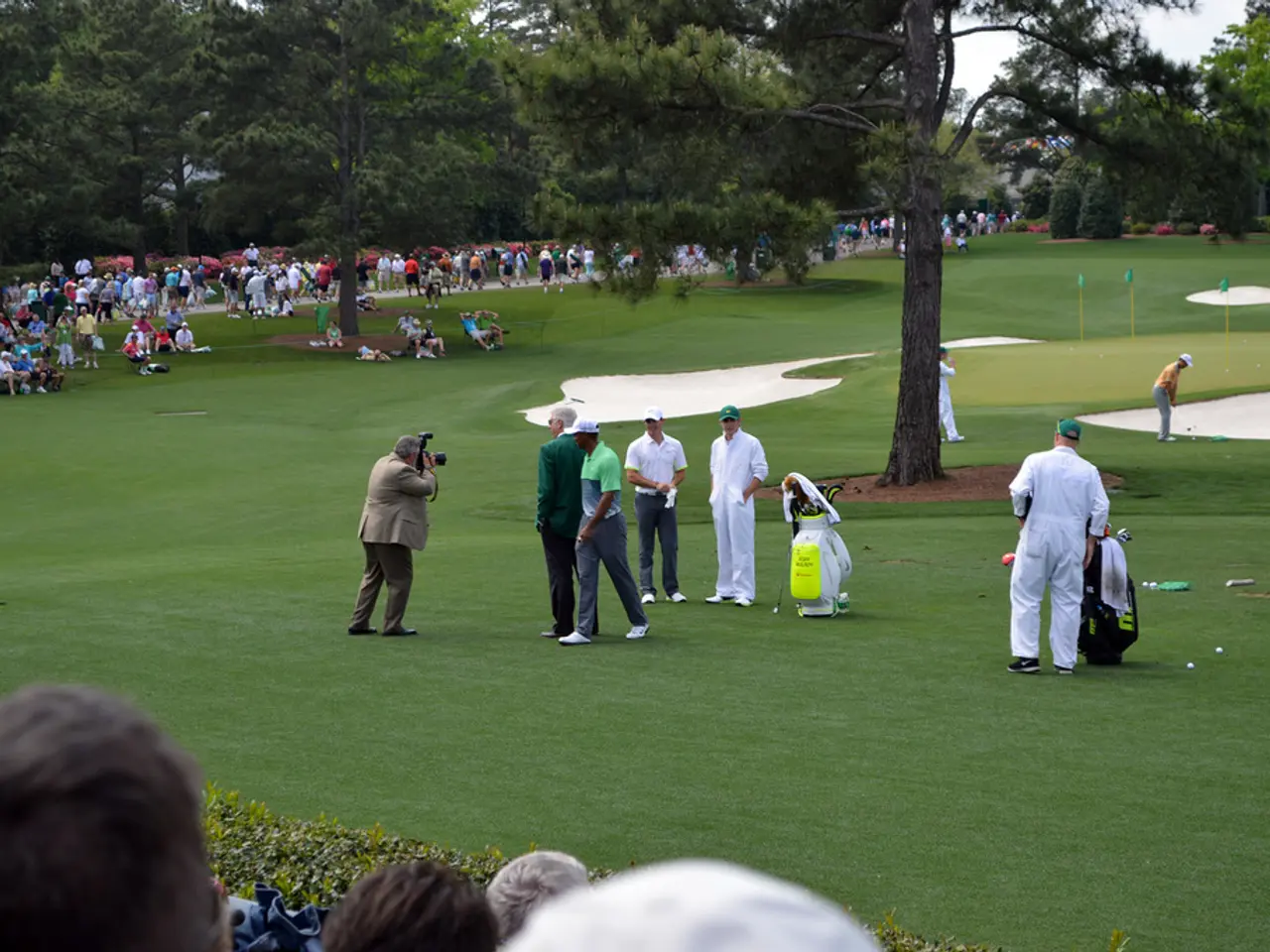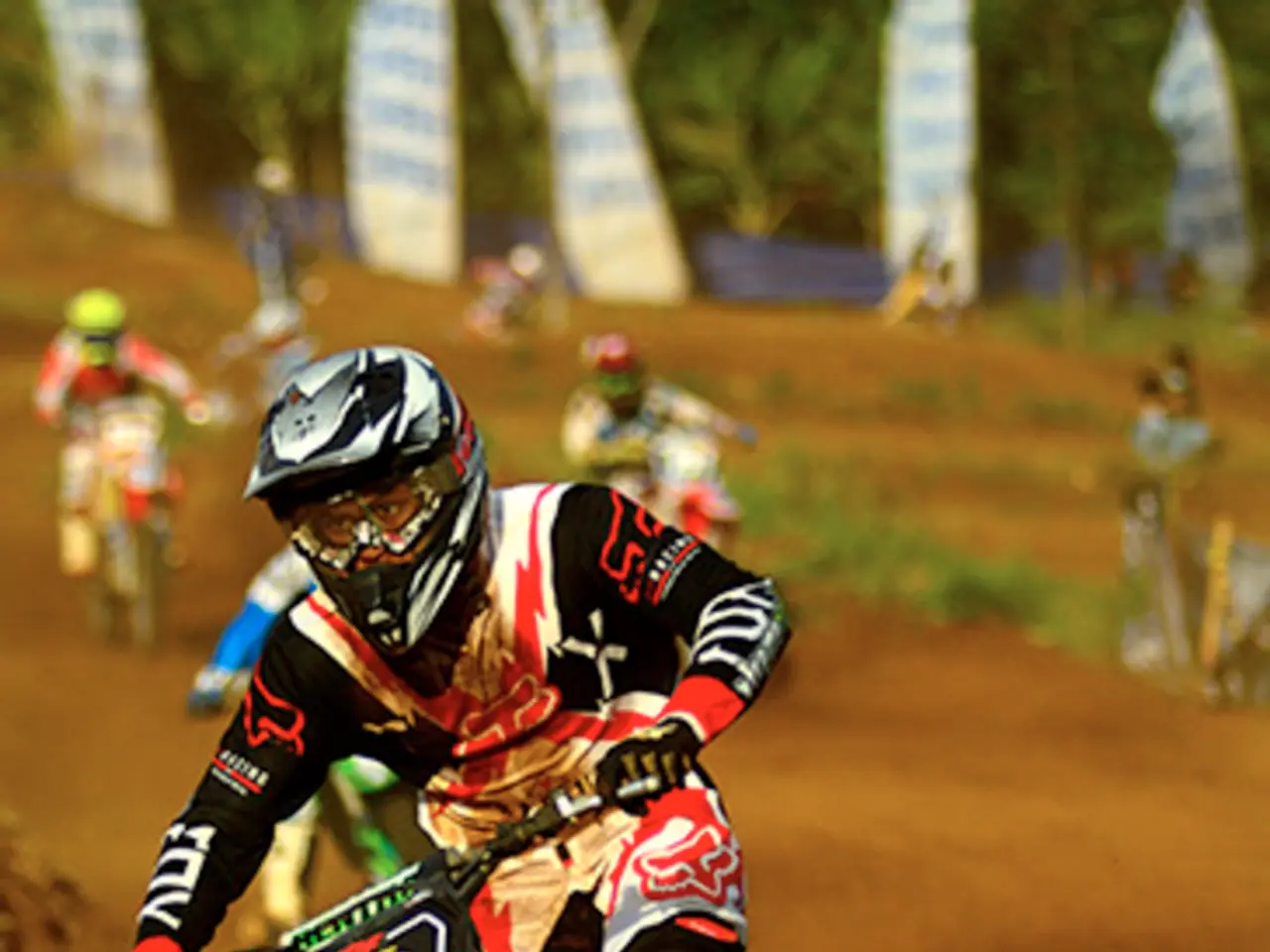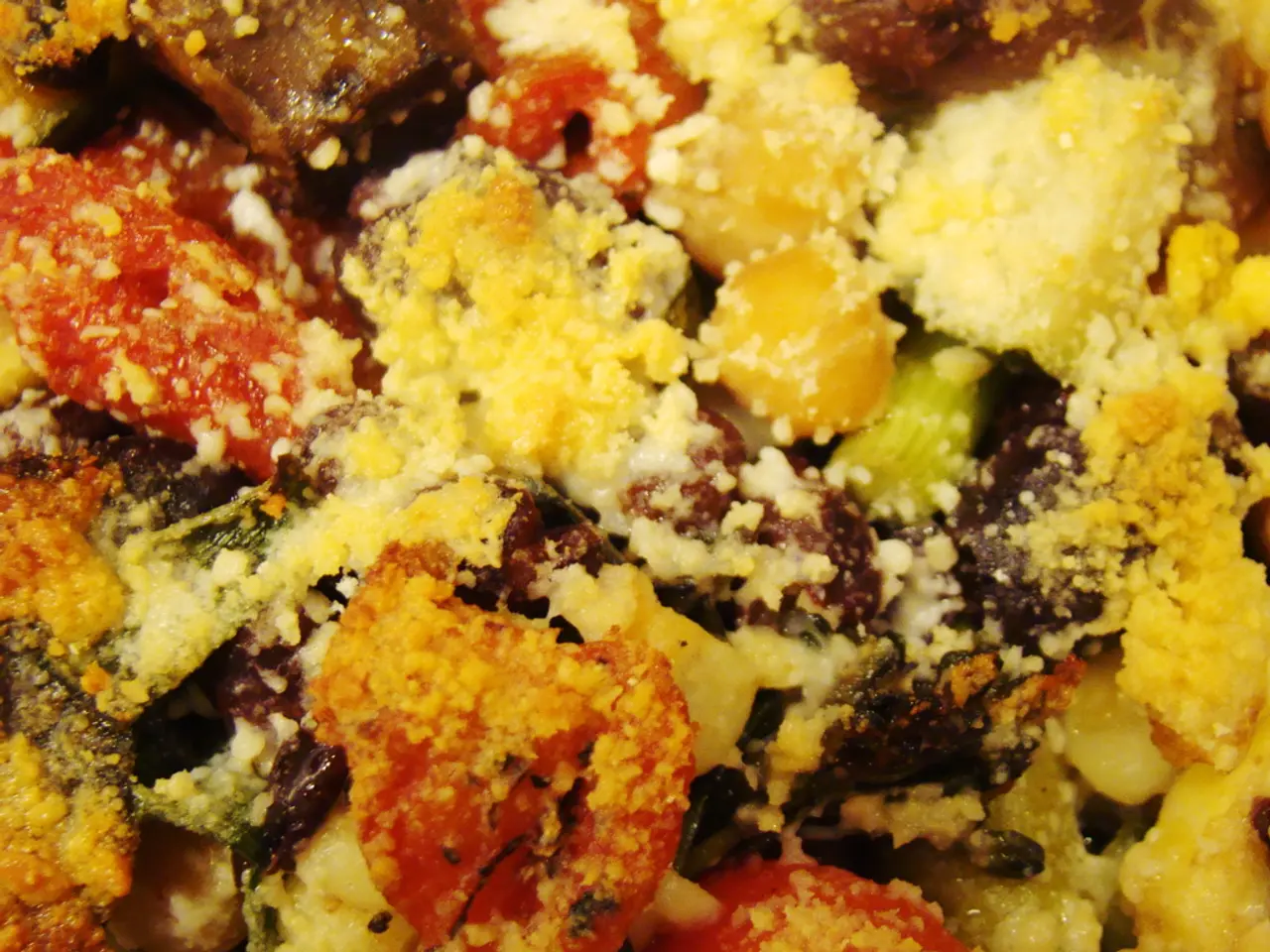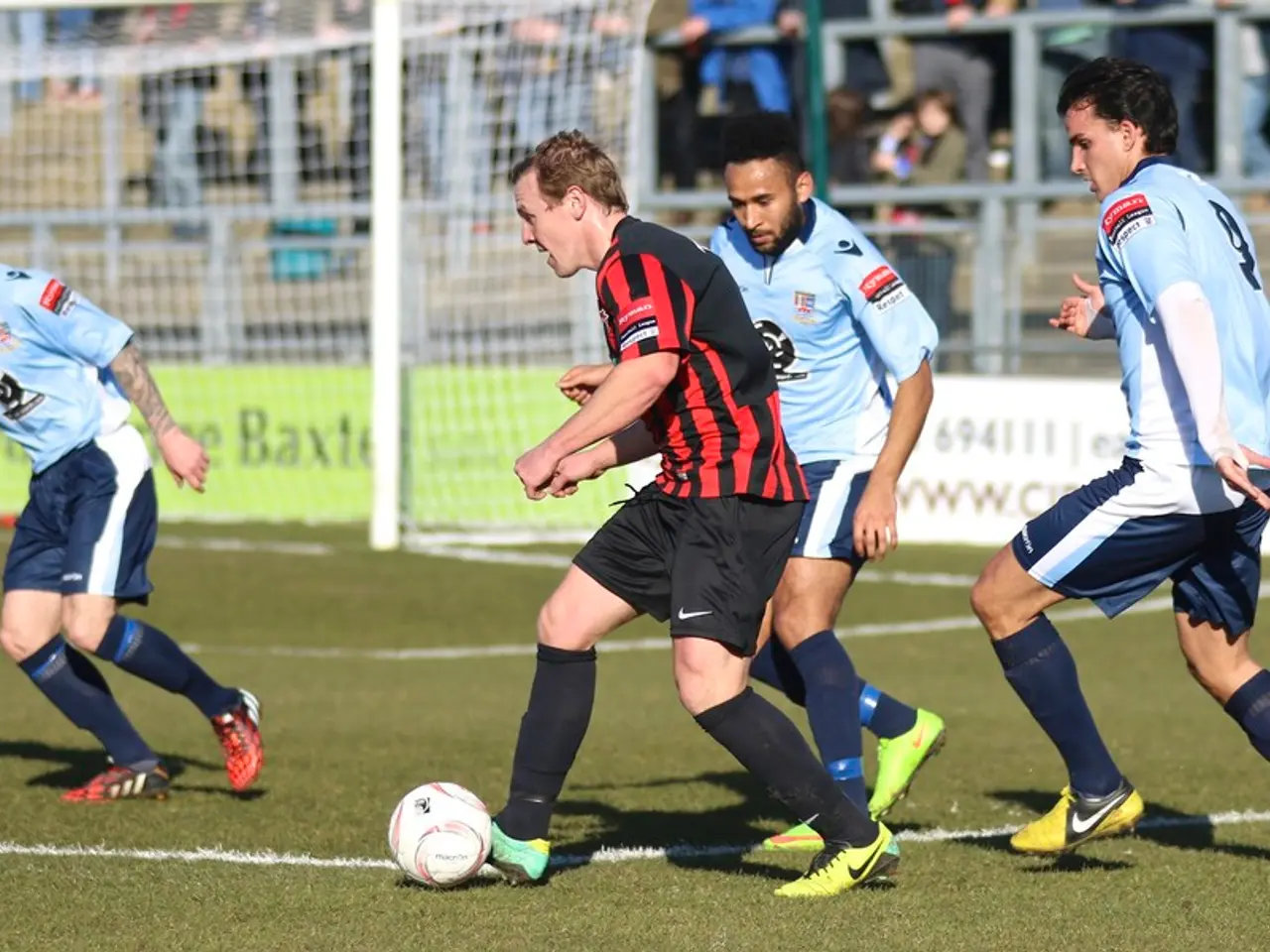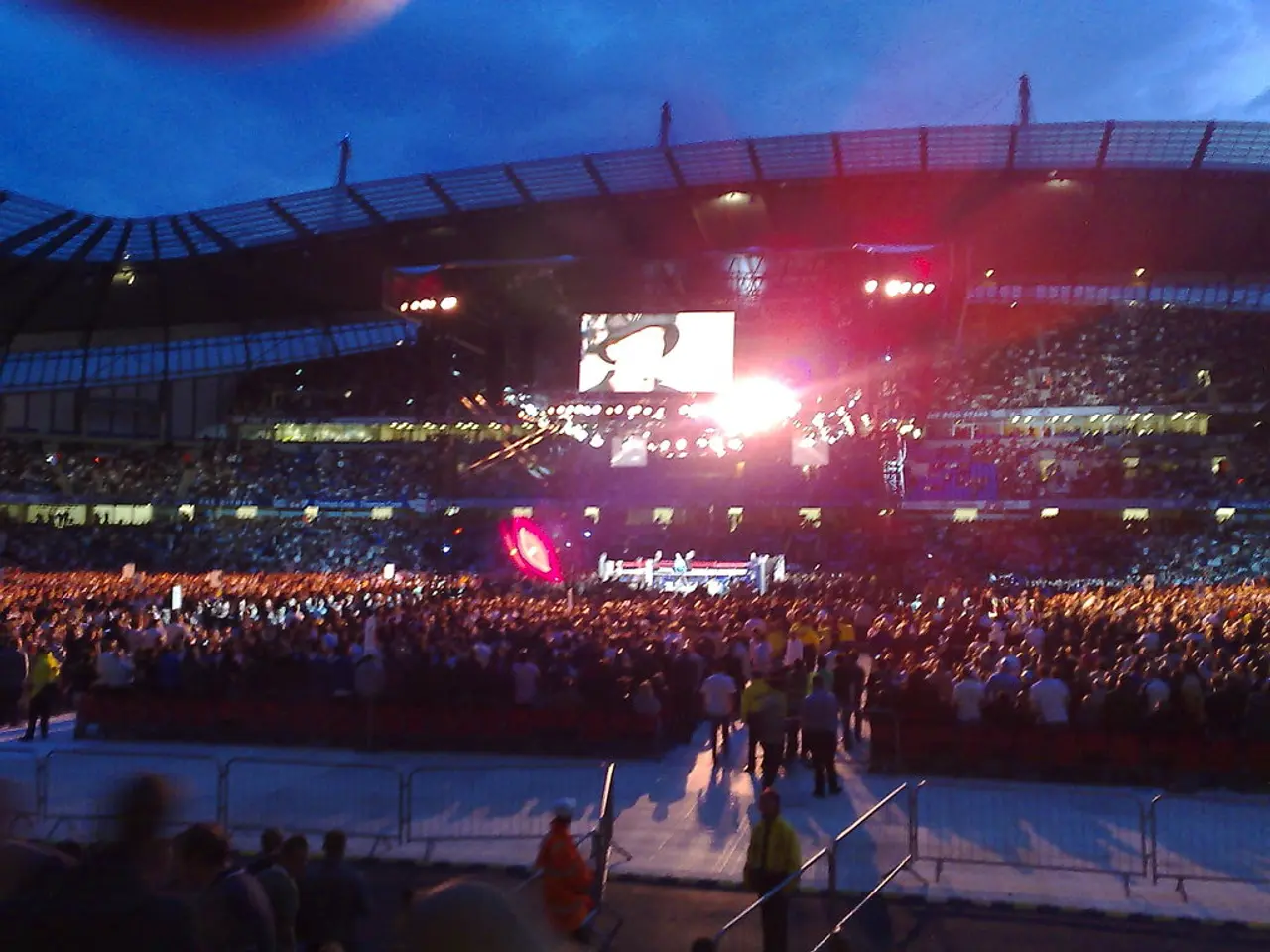Reasons Behind Golfers' Preference for Specific Clubs: Money, Loyalty, Achievements, and Comfortable Feel
Golfers and Equipment Deals: Advantages, Disadvantages, and the Quest for Optimal Performance
In the world of professional golf, equipment deals with manufacturers can mean the difference between a good game and a great one. These partnerships offer a range of benefits, as well as some potential drawbacks, for players seeking to optimize their performance and elevate their brand.
Advantages of Equipment Deals
One key advantage is access to cutting-edge and customized equipment. Professional golfers often receive "tour-only" gear, finely tuned for their swing speeds and playing styles, which offers performance advantages not available to amateurs or the general public. These bespoke clubs, balls, and other equipment help optimize launch, spin, trajectory, and control, enabling marginal performance gains that are critical at the elite level.
Another advantage is enhanced brand exposure and image building. Associations with established manufacturers and other sponsors strengthen a player’s personal brand, aligning them with the brand’s values of performance, style, and prestige, and elevating their marketability both on and off the course.
Partnerships can also offer opportunities for personal and career development. Golfers might become involved in promotional activities, appearances, and ambassador roles that extend their reach within and beyond the sport. Such roles might include marketing campaigns, participation in product testing, and engagement in branded events or academies that aid career longevity and post-playing opportunities.
Lastly, being tied to manufacturers might grant golfers access to product knowledge and support. This exclusive insight into the latest technological advances, direct communication with design teams, and meaningful input on product development all foster enhanced preparedness on tour.
Disadvantages of Equipment Deals
Despite the advantages, equipment deals also bring some potential drawbacks. One such disadvantage is brand exclusivity and equipment restrictions. Endorsement deals often require exclusivity, limiting a golfer’s freedom to try or use equipment from other brands, which might restrict experimentation or switching based on performance needs.
Another disadvantage is pressure and expectations. Maintaining sponsorships can place pressure on players to perform consistently, as poor performance or negative publicity might impact their relationship with the manufacturer and sponsor image.
The Pursuit of the Ideal Equipment Setup
From Byson DeChambeau, known as The Scientist, using equipment made by at least 10 different brands during his career, to Jack Nicklaus using the same MacGregor 3-wood from 1958 for all 18 of his Major wins, the quest for the ideal equipment setup is ongoing. Some players, like Maverick McNealy, move to brands they used in high school and college to explore what's out there, while others, like Tiger Woods, switch brands when their current manufacturer exits the market.
However, not all players are sponsored by manufacturers, and some are happy to remain free agents, seeing an acceptable trade-off between sponsorship and prize money. Stewart, a two-time Major winner, stopped being successful when using new equipment after signing a $7m sponsorship contract with Spalding, but he did win the Houston Open via a playoff in 1995 when Spalding allowed him to switch to forged blades.
In conclusion, equipment deals provide professional golfers with exclusive gear advantages, branding and marketing growth, and insider product support, while also bringing constraints related to exclusivity, performance pressure, and personal brand management. The ideal equipment setup is a delicate balance between these advantages and disadvantages, and each player must navigate this balance to find the setup that best suits their game.
The pursuit of optimized golf performance can lead golfers to consider equipment deals, for they offer access to high-performing and customized golf equipment, enhancing brand exposure, and providing opportunities for career development. Yet, these partnerships may bring constraints such as brand exclusivity, the pressure to perform consistently, and the potential restriction of experimenting with different brands. As such, Gary Player, the Black Knight, for example, has been known to switch equipment brands periodically to find the ideal setup for his game.
